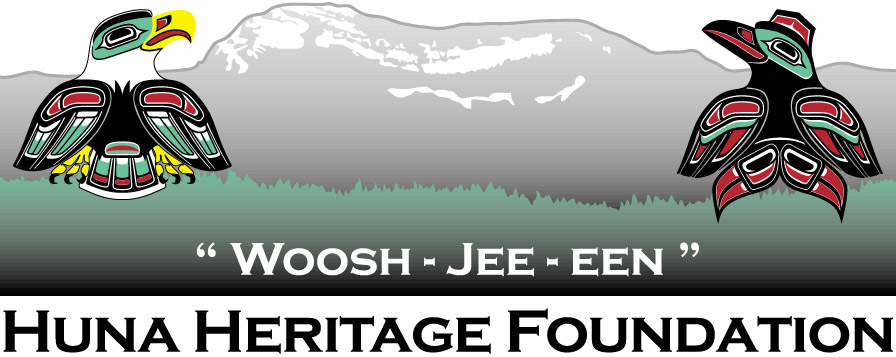Eagle Serpentine Stone
This piece provides balance to the Raven Serpentine stone piece. Both Eagle and Raven moieties complement each other. It is always important to show respect to the opposite moiety, if the artist produces a Raven piece then to give balance, they will make an Eagle piece or vice-versa.
This is a small piece at 5.5cm or 2.17 inches tall and was likely made for tourists. There is more formline carved into this than the Raven piece since there is more surface area and because of that Amos could carve ovoids to depict the shoulder joints, U-shapes are used to show feathers and crescent shapes to distinguish design elements from each other.
Because of the softness of Serpentine stone woodworking tools could be used to carve this medium.
Amos was a Tlingit T’akdeintaan artist from Hoonah, his Tlingit name was Jeet Yaaw Dustaa. Ch’áak’ (Eagle) is one of the two moieties that make up the Tlingit nation. Each moiety is made up of clans and each clan is made up of houses and each house is made up of multigenerational family members and the clan is the most important component of the culture. So, the importance of the individual clan member is always secondary to the importance of the clan they belong to.
Balance is cultural value of major importance in Tlingit society, the two moieties Yeil (Raven) and Ch’áak (Eagle) could only marry each other. Raven to Eagle, or Eagle to Raven set up the matrilineal society that made up the Tlingit nation pre-European contact. You inherit everything from your mother’s clan, but you always honor your father’s clan and opposites.
Figure, carved green and light brown serpentine, of an eagle effigy with stylized wings, circle within a circle at top, below a half moon
shape, with four feather shapes. Made by Amos Wallace.
Acquired by Indian Arts and Crafts Board representatives in 1962 when the artist was employed during IACB arts and crafts
demonstrations at Juneau, Alaska; part of the IACB Headquarters collection (Department of the Interior, Washington, DC) until 2000
when it was transferred to NMAI.

